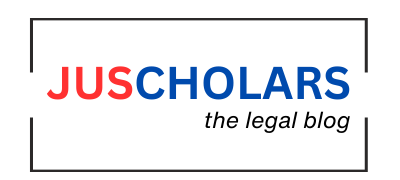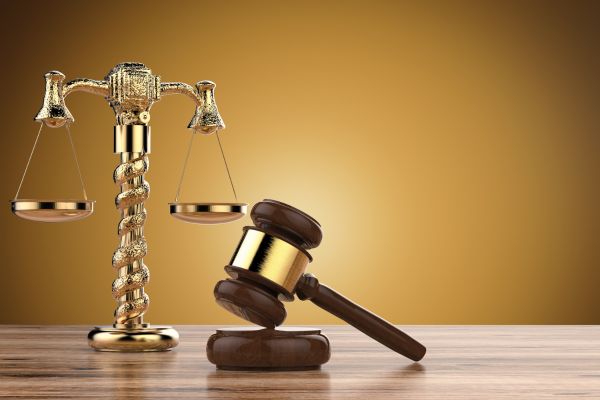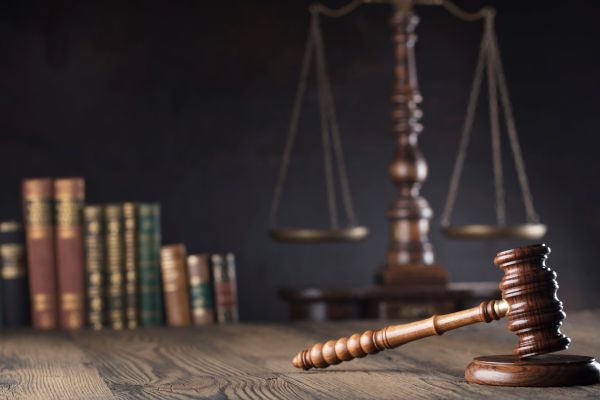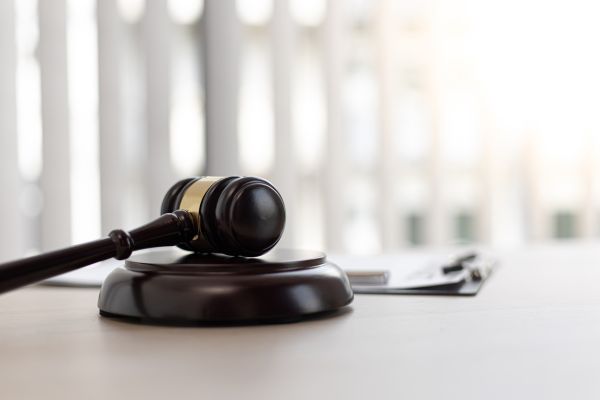Introduction: A Constitutional Tug of War
Free speech in India has always walked a thin line between liberty and restriction. Article 19(1)(a) of the Constitution guarantees freedom of speech and expression, while Article 19(2) permits the State to impose “reasonable restrictions” on specific grounds, namely: sovereignty and integrity of India, security of the State, friendly relations with foreign States, public order, decency or morality, contempt of court, defamation, and incitement to an offence. The judicial task has always been to determine when such restrictions remain reasonable and when they slip into censorship.
In the digital era, this fault line has resurfaced in the context of the Information Technology (Intermediary Guidelines and Digital Media Ethics Code) Rules, 2021, as amended in 2023. The controversial provision is Rule 3(1)(b)(v), which requires intermediaries to ensure that users do not host, display, or share information that is identified as “fake or false or misleading” in respect of any business of the Central Government by a fact check unit notified by the Government.
It is this provision that comedian KunalKamra, supported by several media organisations, has challenged before the Bombay High Court. The issue is no longer about satire or humour; it is about whether the State can assume the monopoly of truth in a democracy.
Safe Harbour to Censorship? The Evolution of Intermediary Liability
When Parliament enacted the Information Technology Act, 2000, it did not anticipate the rise of social media platforms. Section 79 of the Act offered “safe harbour” protection, insulating intermediaries from liability for user-generated content if they complied with due diligence obligations.
In Shreya Singhal v. Union of India, (2015) 5 SCC 1 : AIR 2015 SC 1523, the Supreme Court struck down Section 66A of the IT Act as unconstitutional for being vague and overbroad. At the same time, it upheld Section 69A, which permits blocking of content—but only through a narrowly tailored procedure subject to necessity, reasons, and judicial oversight. The Court emphasised that restrictions on online speech must be clear and constitutionally justifiable.
The IT Rules, 2021 imposed further obligations, such as grievance redressal and traceability. The 2023 amendment, however, went much further: by inserting Rule 3(1)(b)(v), it required platforms to comply with directions of a government-notified fact check unit. In effect, the executive was elevated into judge, jury, and truth-maker.
Why the IT Rules Collapse Under Constitutional Scrutiny
The constitutional objections to the Rules are manifold.
The first is vagueness and overbreadth. Terms such as “fake,” “false,” and “misleading” lack definition in either the IT Act or the Rules. As the Court held in Shreya Singhal,^1 vague expressions invite subjective interpretation and create a “chilling effect” that forces citizens into self-censorship.
The second is that the Rules make the executive the arbiter of truth. In State of West Bengal v. Anwar Ali Sarkar, AIR 1952 SC 75 : 1952 SCR 284,^2 the Court struck down provisions that conferred arbitrary discretion on the government, holding that such delegation of adjudicatory powers violates the rule of law.
The third is the erosion of press freedom. In RomeshThappar v. State of Madras, AIR 1950 SC 124 : 1950 SCR 594,^3 the Court recognised that a free press lies at the heart of Article 19(1)(a). Later, in Indian Express Newspapers (Bombay) Pvt. Ltd. v. Union of India, (1985) 1 SCC 641 : AIR 1986 SC 515,^4 the Court warned against indirect restrictions on the press. If a government unit can compel removal of content critical of its policies, press independence is severely compromised.
The fourth and final objection is that the Rules go beyond Article 19(2). The Constitution exhaustively lists permissible grounds for restricting speech. “Fake or misleading” content about government business is not among them. In attempting to add a new ground, the Rules plainly exceed constitutional authority.
The Proportionality Test: Does the Rule Survive Puttaswamy?
In K.S. Puttaswamy v. Union of India, (2017) 10 SCC 1 : AIR 2017 SC 4161,^5 the Supreme Court reaffirmed that restrictions on fundamental rights must satisfy the doctrine of proportionality. Measures must (i) have legality, (ii) pursue a legitimate aim under Article 19(2), (iii) be necessary, and (iv) adopt the least restrictive means.
Rule 3(1)(b)(v) fails on every count. It lacks legality, as neither Section 79 nor Section 69A authorises a government fact check unit. It fails necessity, since satire or criticism of government functioning is not an enumerated ground under Article 19(2). And it violates proportionality, because blanket takedowns without due process are far from the least restrictive means of tackling misinformation.
Bombay HC Steps In: The Kamra Verdict
On 26 September 2024, Justice A.S. Chandurkar of the Bombay High Court delivered the tie-breaker ruling in KunalKamra v. Union of India, W.P. No. 10736 of 2023 (decided on 26-9-2024).^6 The Court struck down Rule 3(1)(b)(v) as unconstitutional, holding it vague, disproportionate, and violative of Articles 14, 19(1)(a), and 19(1)(g). The judgment reaffirmed that the executive cannot monopolise truth.
Although the Supreme Court has since stayed the operationalisation of fact check units pending appeal, the Bombay High Court’s ruling is an important reaffirmation of free speech doctrine in the digital age.
Global Lessons: How Democracies Tackle Falsehoods
Other democracies have confronted misinformation differently. In the United States, the Supreme Court in United States v. Alvarez, 567 U.S. 709 (2012)^7 struck down a law penalising false claims about military honours, holding that even false speech enjoys constitutional protection unless it causes tangible harm such as fraud or defamation. In Europe, the Digital Services Act (2022) regulates platforms through obligations of transparency, disclosure, and independent oversight rather than government-imposed truth. Germany’s NetzDG law requires takedown of “manifestly illegal” content within defined categories, but only under judicial supervision.
Compared with these approaches, India’s executive-controlled fact check model appears unusually harsh and less accountable.
The Stakes: Democracy or Collateral Censorship?
The danger is not hypothetical. Platforms, fearful of losing safe harbour under Section 79, may over-comply by taking down even legitimate criticism. This phenomenon of collateral censorship disproportionately impacts dissent, satire, and independent journalism.
As Justice D.Y. Chandrachud observed in Puttaswamy,^8 fundamental rights must be interpreted in a way that preserves human dignity and democratic vibrancy. If dissent can be labelled “false,” the liberty of thought promised in the Preamble is reduced to a slogan.
The Way Forward: Beyond Government-Certified Truth
Misinformation is a serious challenge, but the solution cannot be a government monopoly over truth. A constitutionally sound framework would involve an independent oversight body free from executive control, judicial review of takedowns, transparency and appeals for users, and long-term investment in media literacy and counterspeech. These approaches balance the need to tackle falsehoods with the imperative to protect liberty.
Conclusion: The Future of Digital Democracy
The KunalKamra case is not about jokes or satire. It is about whether India will preserve the constitutional marketplace of ideas or replace it with government-certified truth. The Bombay High Court’s ruling is a reminder that in a democracy, truth emerges from debate and dissent, not executive fiat.
As the Supreme Court prepares to hear the appeal, the question is clear: will India’s digital public sphere reflect constitutional liberty, or will it bend to bureaucratic censorship? The outcome will shape the future of free expression for generations to come.
Author Name- Jagriti Kedia, Advocate, Delhi High Court






